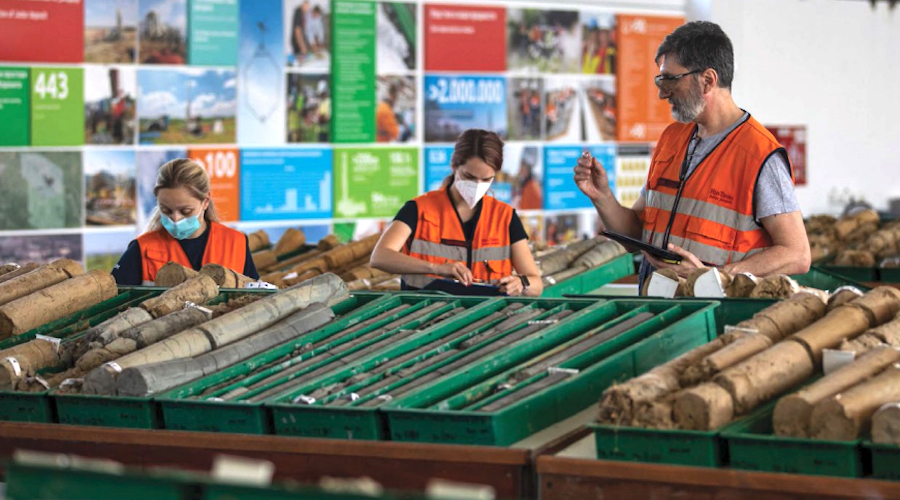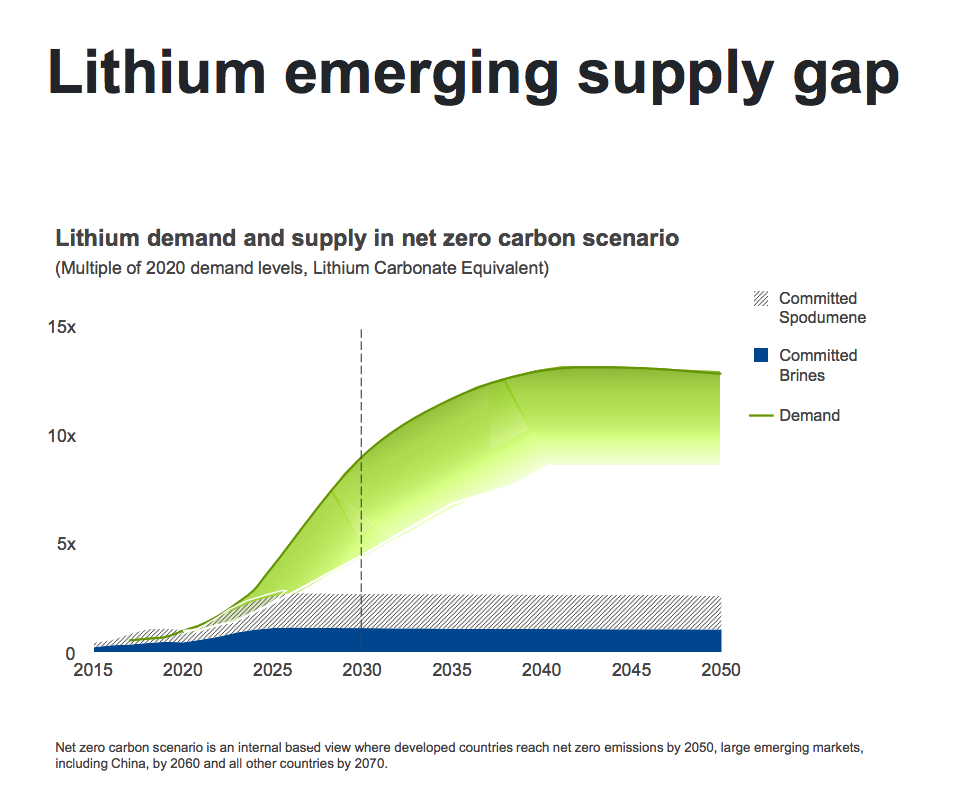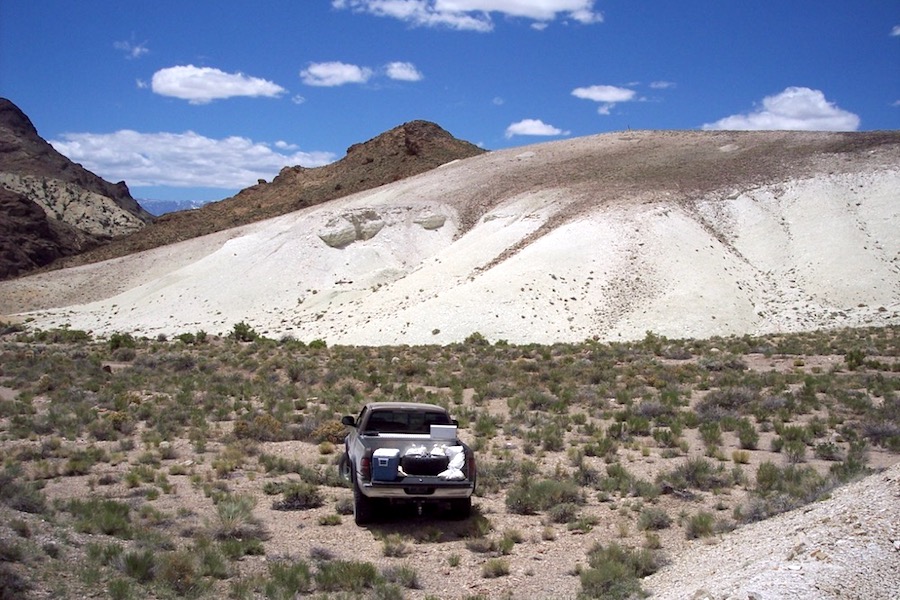Rio Tinto says 60 Jadar mines wouldn’t fill looming lithium gap

Rio Tinto (ASX, LON, NYSE: RIO) joined the rising chorus of companies and analysts warning of an imminent and “significant” supply gap for lithium, as demand for the metal used in electric vehicles (EV) and green technologies continues to soar.
The world’s second-largest miner, which greenlighted in July the $2.4 billion Jadar lithium project in Serbia, believes the supply gap needs to be addressed “within the next ten years.”
In a presentation to investors, Rio Tinto’s head of economics Vivek Tulpule said EV sales are on track to hit up to 55% of the world’s total light vehicles sales as early as 2030, reaching about 65 million units.
This means manufacturers would need about three million tonnes of lithium, compared with the roughly 350,000 tonnes they consume today, Tulpule noted.
Existing operations and projects combined, however, are slated to contribute one million tonnes of lithium, he said.
Rio Tinto estimates that committed supply and capacity expansions will contribute about 15% to demand growth over the 2020-2050 period. The remaining 85% would need to come from new projects.
“Filling the supply gap will require over 60 Jadar projects,” he warned.

Jadar, located in western Serbia, would produce enough lithium to power one million electric vehicles, Rio has said. It will also produce boric acid, used in ceramics and batteries, and sodium sulphate, used in detergents.
Mine construction is expected to begin early next year, subject to environmental approvals, with the first production in 2026. Following ramp up to full production in 2029, the Jadar mine will produce 58,000 tonnes of lithium carbonate, 160,000 tonnes of boric acid and 255,000 tonnes of sodium sulphate a year.
The company anticipates that recycling will take on a bigger role in the coming years but will only begin to make a relevant contribution after 2040 as vehicles that are currently being purchased are scrapped.
Rio Tinto believes lithium-ion batteries will be the preferred storage technology for EVs, as well as important contributors to the setting of a renewable grid.
“Expected future development of solid-state batteries with improved energy density and safety performance could provide further upside, by increasing lithium intensity per kilowatt by over 30%,” Tulpule said.
Expanding footprint
Over the past five years, the miner has tried to expand its footprint in the battery market. In 2018, Rio reportedly attempted to buy a $5B stake in Chile’s Chemical and Mining Society (SQM), the world’s second largest lithium producer.
In April this year, it kicked off lithium production from waste rock at a demonstration plant located at a borates mine it controls in California.
Rio invested $10 million to build the pilot plant that will be able to produce 10 tonnes a year of lithium-carbonate. By the end of the year, and based on the trial’s results, it will decide whether or not to spend a further $50 million in an industrial-scale plant with annual capacity of 5,000 tonnes a year — enough for around 15,000 Tesla Model S batteries.
The projected production would be roughly the same as the capacity of Albemarle ’s Silver Peak mine in Nevada, which is currently the only lithium-carbonate producing asset in the country, according to the US Geological Survey.
More News
{{ commodity.name }}
{{ post.title }}
{{ post.date }}

Comments